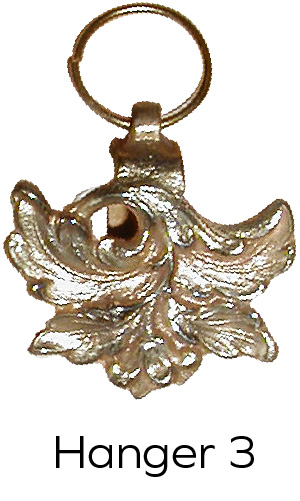Portrait Miniatures
Restoring Portrait Miniatures
Nearly fifty years ago, Bill Wiebold began studying portrait miniatures and developing what would become the bedrock of Wiebold Studio’s portrait miniature restoration process. Wiebold Studio is one of only a handful of firms nationwide that specializes in this fascinating corner of the portraiture world. Due to their small size, and extensive handling over decades or even centuries, portrait miniatures commonly display many of these issues:
Exposure to humidity/moisture: warping, cracking, mildew spots
Physical damage: scratches, breaks, chips
Loose or missing elements: hairwork, pearls & jewels, wire, fabric
Damaged Frames/Cases: broken lenses, scratches and scuffs, dents, tarnish
Discoloration: dirt & debris beneath the lens, metal tarnishing, color shifting due to light, water damage, or growth of mold & mildew
Portrait miniatures are minute and detailed renderings, oftentimes created to document prominent figures in society, exchanged by engaged couples or family members living apart, or to commemorate a loved one lost.
Typically painted in watercolor on either ivory or vellum, or in oil on copper, they can be housed in miniature frames, lockets, or brooches, or may be tiny enough to be worn as a ring.
Many have a decorative verso featuring hairwork displayed as a plait, weave, fan, or intricate pictorial scene, sometimes embellished with seed pearls or gold thread.
Frames and Cases
Like the portraits they contain and protect, portrait miniature frames are unique - designed to fit one miniature, and no other.
Our conservators can expertly craft custom lenses, bezels, hangers, hinges, and entire lockets, each appropriate to the time period & style of any portrait.
Wondering what
you’ve got?
See our catalog below to discover when your miniature was created.
Does your locket or frame have issues not addressed in our catalog?
Our metalsmiths and conservators have solutions for any issue you may have. please call or email with any questions or project specifics.











